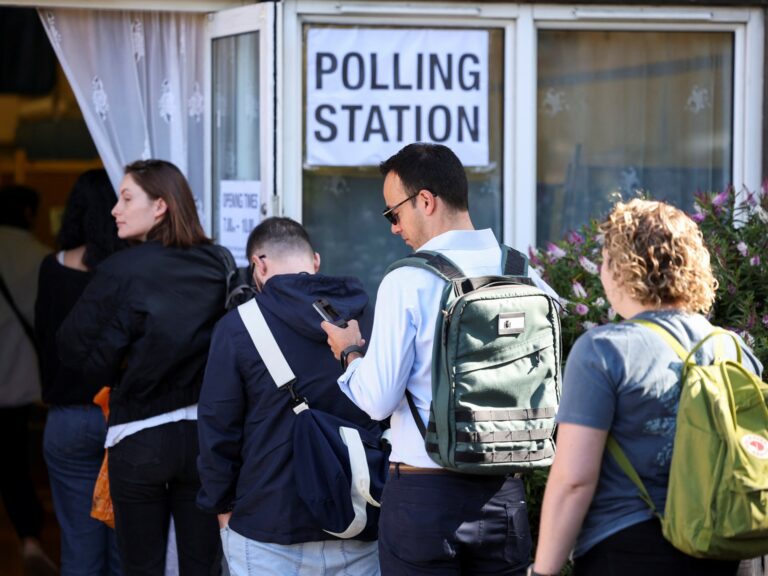Let’s delve a bit deeper into one of the key issues for voters: housing.
For prospective homeowners in the UK, buying a house has become significantly less affordable, with the average price last year reaching 8.3 times earnings, compared with 6.8 times earnings in 2010.
Homeownership rates in the UK for those aged 45 to 59 and 35 to 44 dropped 7.1 percentage points and 6.5 percentage points since 2010, respectively, although ownership rose slightly among those aged 25 to 34.
Rising unaffordability has been driven by a shortage of dwellings, which economists have blamed on an inflexible and unpredictable planning system.
England’s 434 homes per thousand inhabitants places it below the Organisation for Economic Co-operation and Development average of 487, and far behind countries such as France and Italy with 590 and 587, respectively.
According to the Local Government Association, the number of temporary accommodations due to the shortage of social housing rose by 89 percent in the 10 years until March 2023.
The growing pressure on local councils to support the public intensified through austerity measures intended to reduce the government’s budget deficit, which were implemented when a Conservative-Liberal Democrat coalition came to power in 2010.
Private rental costs have continued to climb, reaching an estimated 6.2 percent in January 2024. This remains the largest annual percentage change since this UK data series began in January 2016.


